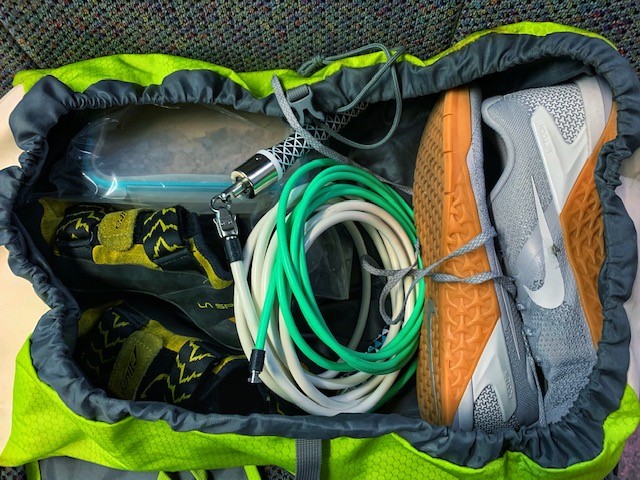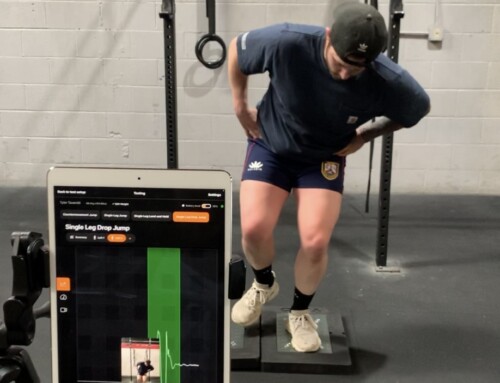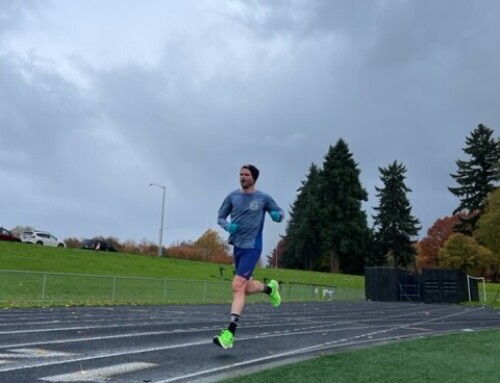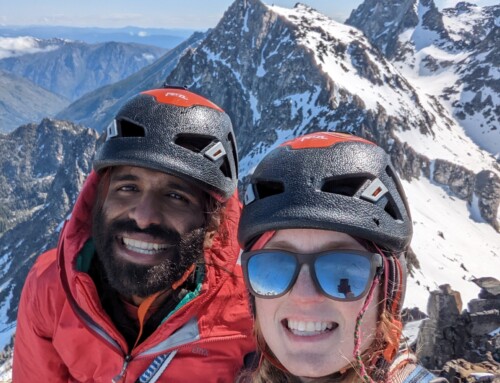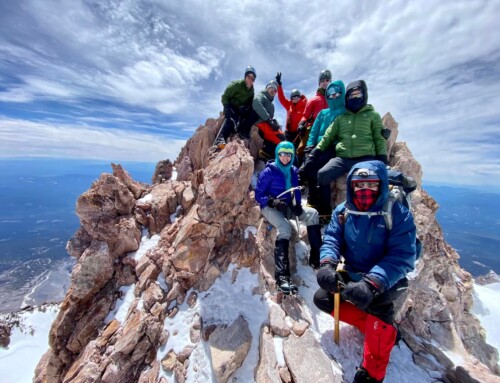
Mt. Hood, Portland Oregon
Maximum Benefits out of Altitude Training
In the last blog post, we talked about my introduction to training inside a room that simulates different altitudes by using machinery and filters to remove available oxygen from the room. Check out this link if you want to catch up on that post or click this link to watch the video tour I did with Brad Farra from Evolution Healthcare and Fitness.
I came to Evolution with an idea of the type of workouts I would want to do in the room and they let me know I was on the right track for getting maximum benefits out of my training (more on this later). I wanted to know specifically what kinds of changes I might experience during my exercise routines. The gist of what I knew in terms of the physiological effects of training in an environment with less oxygen is that it would prompt my body to create more red blood cells to compensate. Eric Lubell was able to further expand on that. “Altitude Training done on a consistent basis over time yields several physiological changes. As your body experiences a blood oxygen saturation (or SPO2, measured by a fingertip pulse oximeter which we provide) below 96%. It signals for the production of more EPO which is a hormone.
This hormone triggers the production of more red blood cells. The Red blood cells are responsible for carrying oxygen from the lungs and delivering it to other parts of the body where it is needed (think the muscles, brain, and other organs). Several other physiological adaptations have also been identified over decades of research. You produce more mitochondria, which are the powerhouses of the cell where energy is produced. You also develop more capillaries and a deeper capillary network, so blood (and oxygen) can be delivered deeper into the muscle tissues.
Fat metabolism is also increased, meaning that you burn more fat and that you burn fat more efficiently. VO2 max is another metric which can be increased with consistent training. Even weight lifting has been shown to be more beneficial when conducted in a hypoxic environment. While you are not going to recognize any of these changes overnight, you will notice a difference with consistent training.”
Better energy distribution, increased endurance, increased fat metabolism? Sign me up! What do I have to lose? Not only would I be getting exposure to different altitudes which could help me acclimatize prior to my trip, but I would most certainly be experiencing a bit of a performance edge at sea level during my off-season climbing adventures. I was ready to get started.
Training schedule
The next question was how much time did I need to spend in the room per session per week to get the most benefits towards my rock climbing performance. I already have a busy schedule with a day job as an interpreter, running AntiGravity Equipment, teaching classes at the gym, my own climbing-specific training, and helping various other friends and customers with their own training cycles. Evolution Healthcare and Fitness is located in SE Portland, but I live in N Portland and run the shop in Beaverton.
This was going to take some careful planning if I was going to pull it off. I asked Eric how much time I needed to plan for and he replied. “A great amount of research has been based on three hours per week for four to six weeks. That amount of consistency has been shown to result in significant physiological change that will help people of any sport, at any altitude.” Eric mentioned that those 3 hours could be distributed any way I thought was most convenient but suggested 3 days at an hour each.
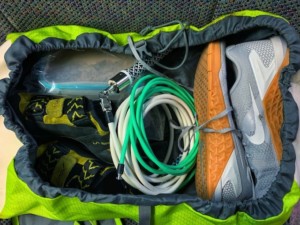
The gear bag packed with essentials for training at Evolution Healthcare and Fitness.
Noticing a difference
True to Eric’s word, it was around 4 weeks that I felt different. I first noticed it during my day trips to Smith. I could walk the park with a full pack and 70 meter rope. Usually I was winded getting to the top of asterisk pass, this was gone. Finding a nice consistent pace. As long as I stuck to that pace. I could walk from Asterisk towards Monkey face pretty much without having to stop or slow down. I felt like I could recover quicker during attempts on difficult routes. What surprised me most of all, is being able to climb the entire day. To be able to hike the uphill trail back to the parking lot at a nice pace without stopping until I reached the car.
While these may not be much issue for a lot of people. I’m notoriously adverse to hiking because I have no cardiovascular conditioning to speak of. (and I pretty much hate walking anywhere as a result). I find myself complaining a lot. (much to the annoyance of my climbing partners) After a month into training in the altitude room. I noticed some real differences (though I still admittedly hate walking anywhere).
In my next post, I’ll be writing more about the actual training that took place in the 8 weeks prior to my rock climbing trip to Peru. Check out the video link below with Brad Farra. We tour the altitude training room and all the exercise equipment available to help you reach your fitness goals. Check back with us for the last post in the 3-part series.


